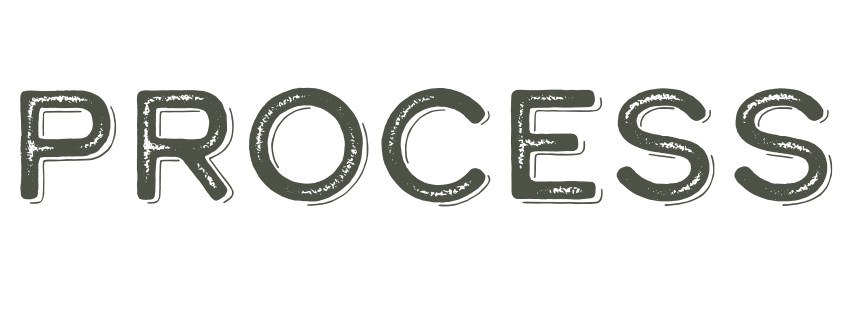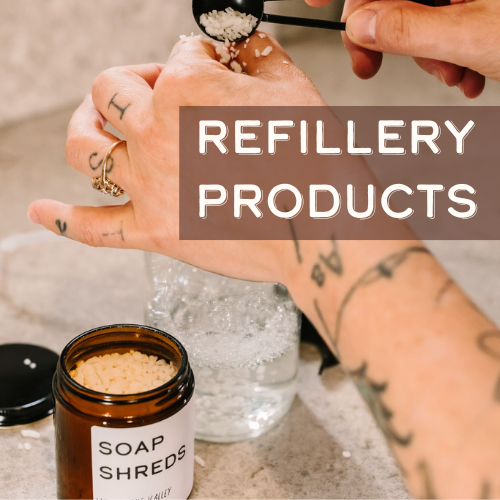
As you may have already seen, PROCESS is proudly a “Native-owned” business. But what does that really mean? What makes someone Native? Let's get into it!
Labels: Native, Native American, Indigenous….
There is a long–and arguably contradicting–history behind labels and what to call Native people. First things first, there is no right answer. Some people prefer Native/Native American, some prefer the term indigenous, for those in Alaska it is Alaska Native, and in other areas like the world of law, it is American Indian/Indian. There are also people today that prefer to be called none of these, referring to themselves as their tribal affiliation (Hocąk, Muh-he-con-ne-ok, etc). This is because labels of Natives/American Indians were placed upon us when we already had names for ourselves. And these original names can simply mean “the People” or refer to places of origin.
Today, there are 574 federally recognized tribes in the United States with hundreds of other unrecognized tribes. There are even more tribes who are only state recognized or not recognized by the federal or state governments. Each tribal nation is unique and has their own language, culture, and history. Although there are similarities between them, each is their own nation. In Wisconsin, there are 11 federally recognized tribes. Today, the safest way to refer to us may be Native or Native American, but it doesn’t hurt to ask as each individual is different!
Who is Native?
What makes someone Native American/Indigenous/American Indian? Before the creation of the United States, it would be based on where you were born and what community you belonged to. Each tribe is different, some have clan systems, some are matrilineal, some are patrilineal, each have their own kinship system, and the list goes on. Today, it is important to acknowledge tribal nations as political entities that are sovereign nations. As a result, they each have their own membership requirements, often having to do with blood quantum–having a certain degree of “Indian blood.”
Tribes in Wisconsin adhere to blood quantum. As such, there are many nuanced identities. Not everyone can claim to be Native American. One can only be enrolled in one tribal nation, even if they descend from two or more tribes. And some people who have more than ¼ Indian blood cannot be enrolled because that ¼ isn’t from one tribe but a multitude of tribal nations. Despite this, there are many people who are descendants of a tribe and are a part of that community, despite not having federal recognition. In the end, there is a deep history and nuance to being Native today.
Native-Owned Businesses
Now that we established who is Native, what makes a business Native-owned? The most simple answer is that the owner of the business is a Native American. Going deeper, many businesses that highlight this origin can be for many reasons. A business could be selling Native-made crafts and art, it could be producing and selling Native foods, or it could be working to create visibility for Native people as a whole as it is run by Native people.
Here at PROCESS, we highlight being Native-owned to not only create visibility for a non-Native audience, but also for a Native audience. The founder, Rue, is enrolled in the Ioway Tribe of Kansas and Nebraska and is also part of the Omaha and ᏣᎳᎩ (Cherokee Nation). There are few brick and mortar businesses that are Native-owned in the United States, let alone Wisconsin. By showcasing this, we hope to bring in more Native customers and provide a space for Native community to shop for sustainable options!
Another reason why we display that we are Native-owned is to aid in our goal to uplift other Native businesses through our product options at the shop! It is our intention to do so by bringing in more products produced and designed by Native artists, entrepreneurs, and business owners, especially those that are local! With this goal, we aim to help stimulate the Native economy, putting money back into Native communities and Native hands.



